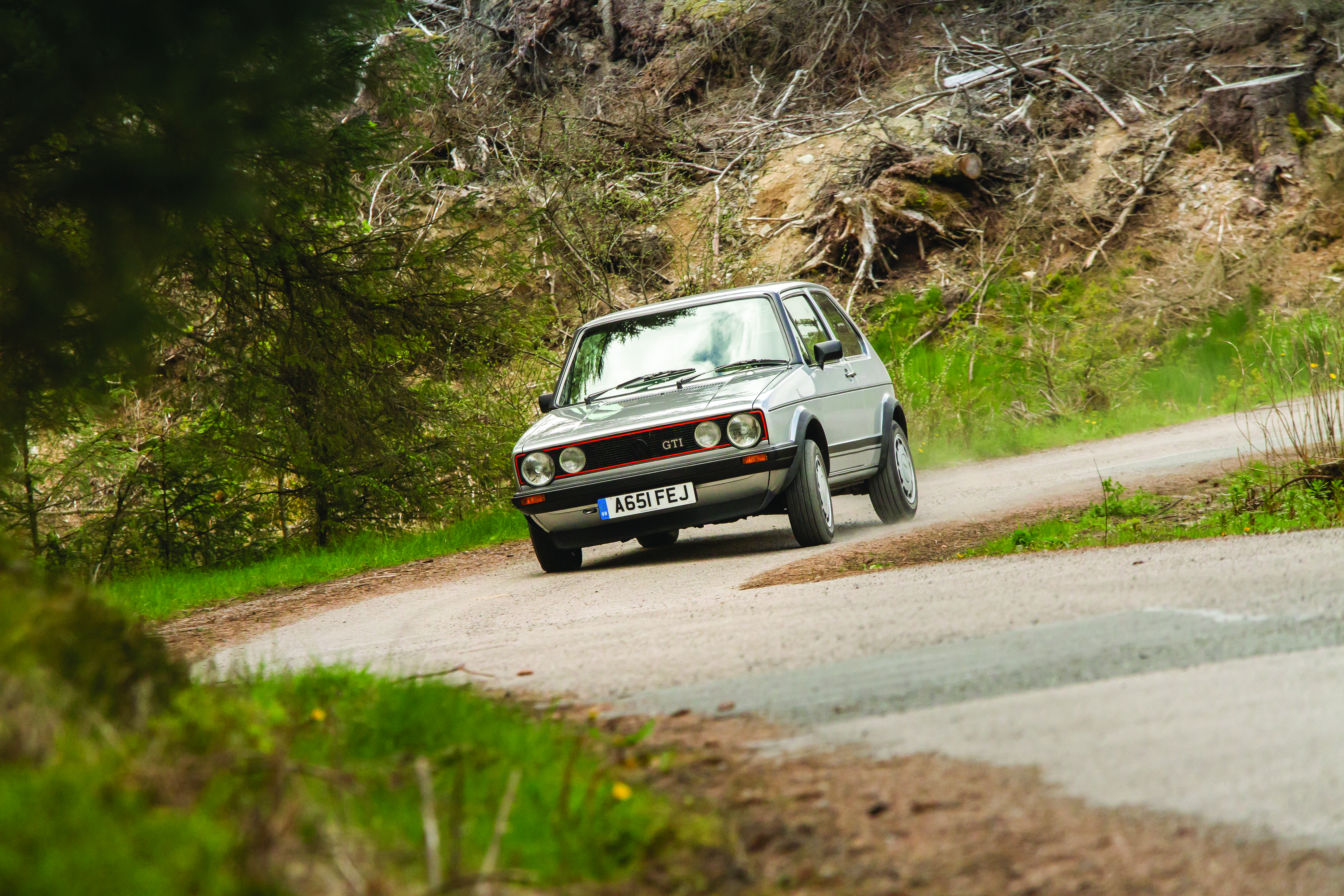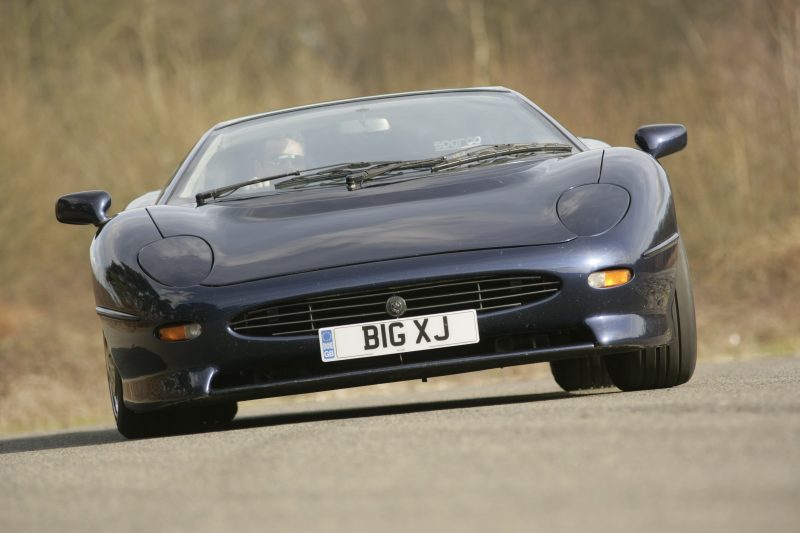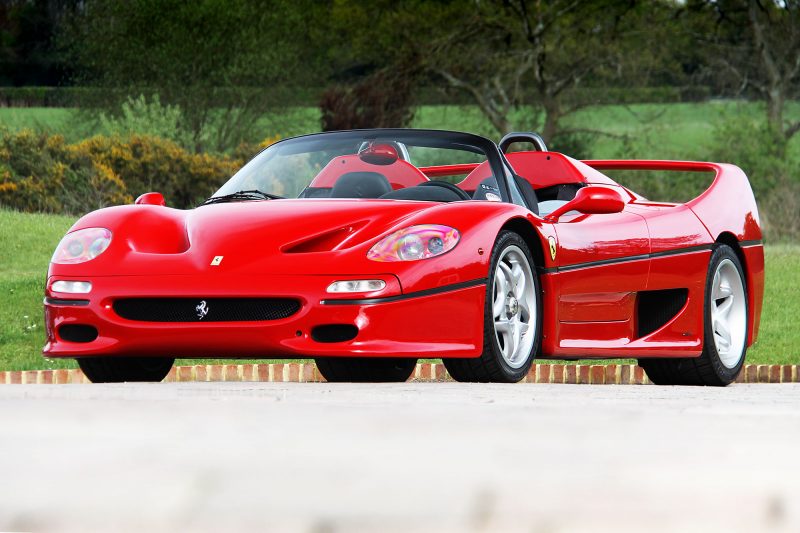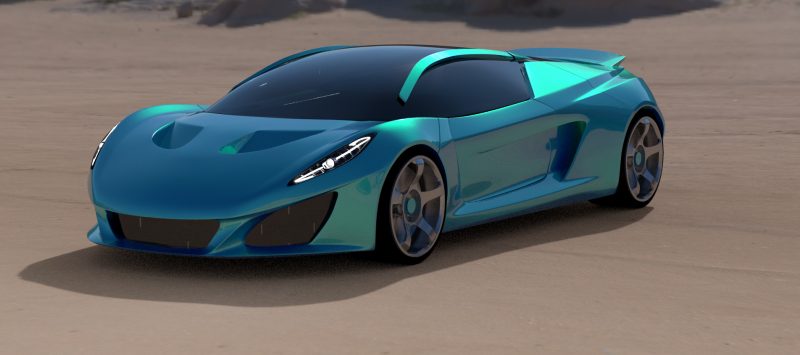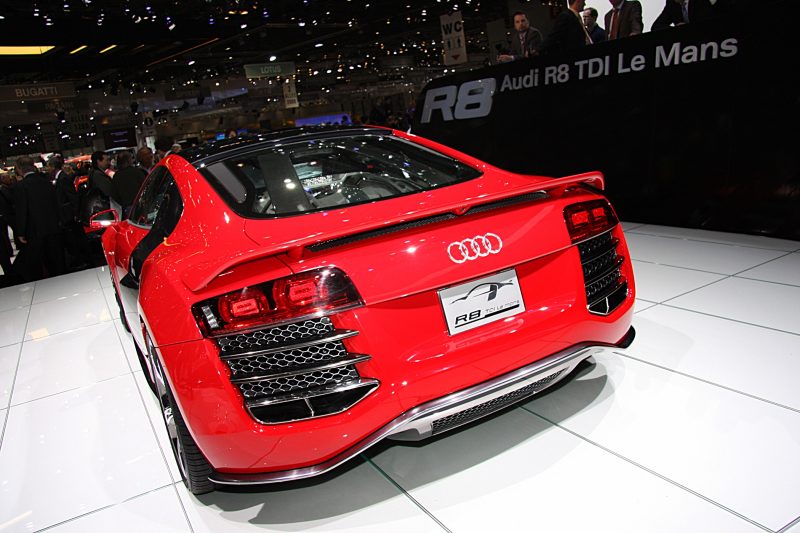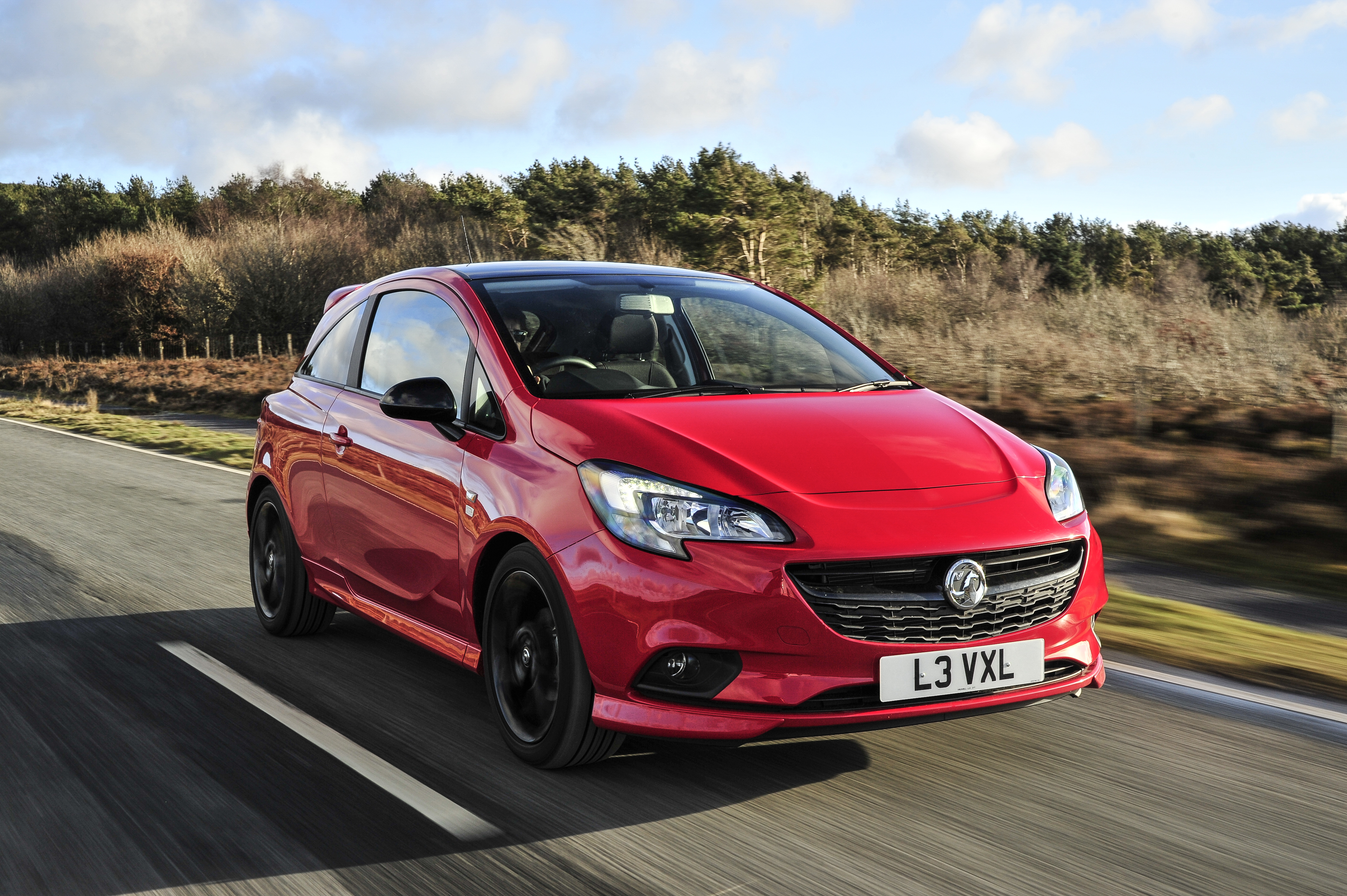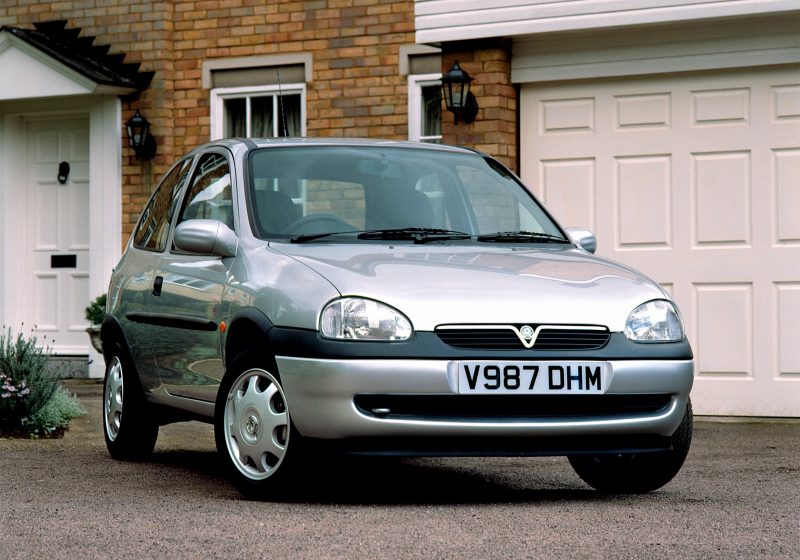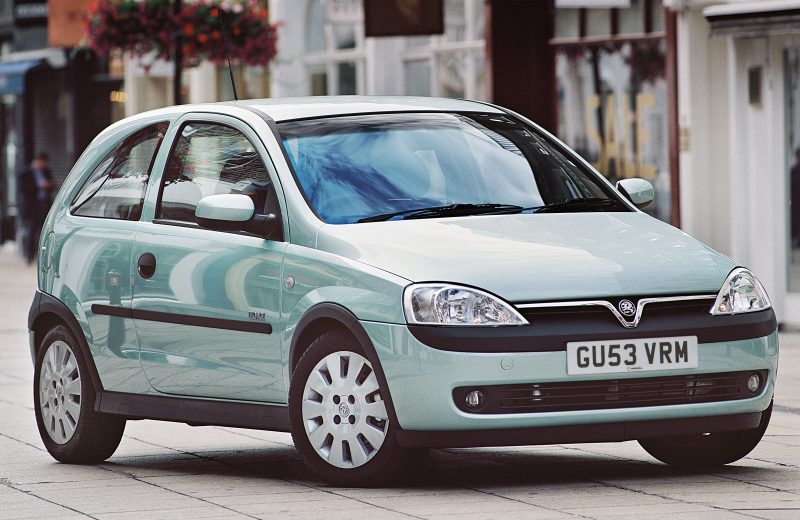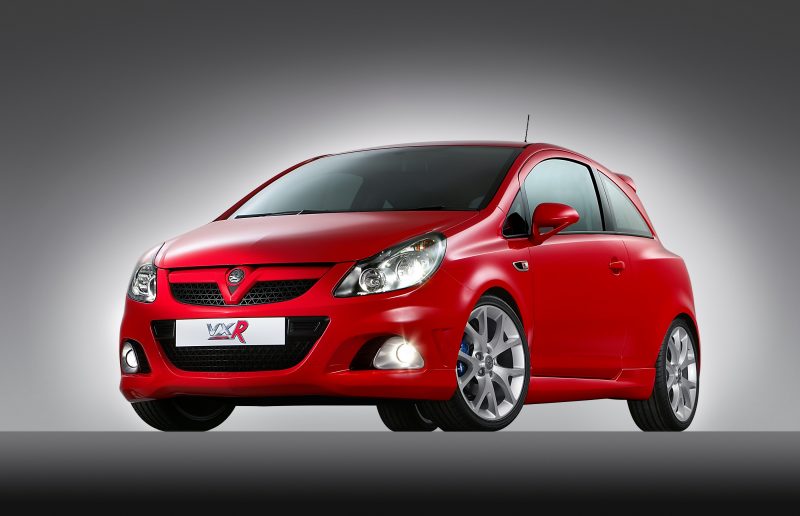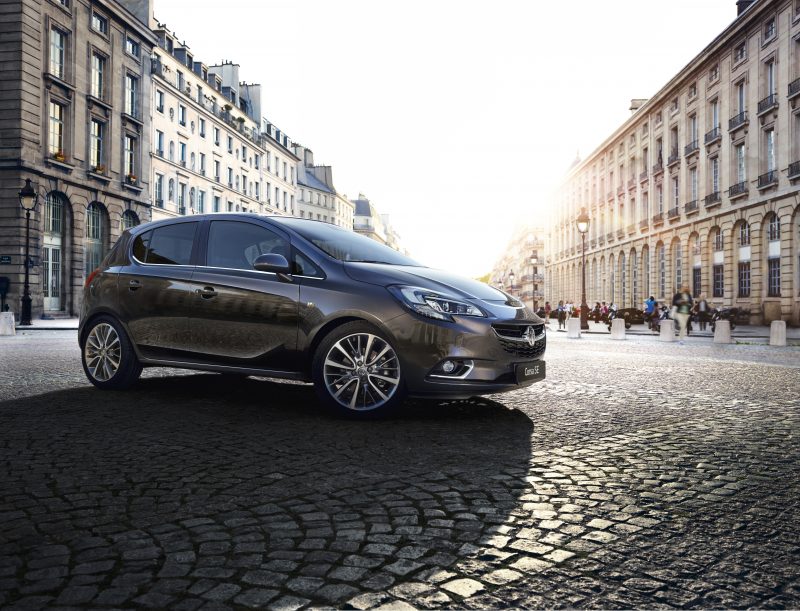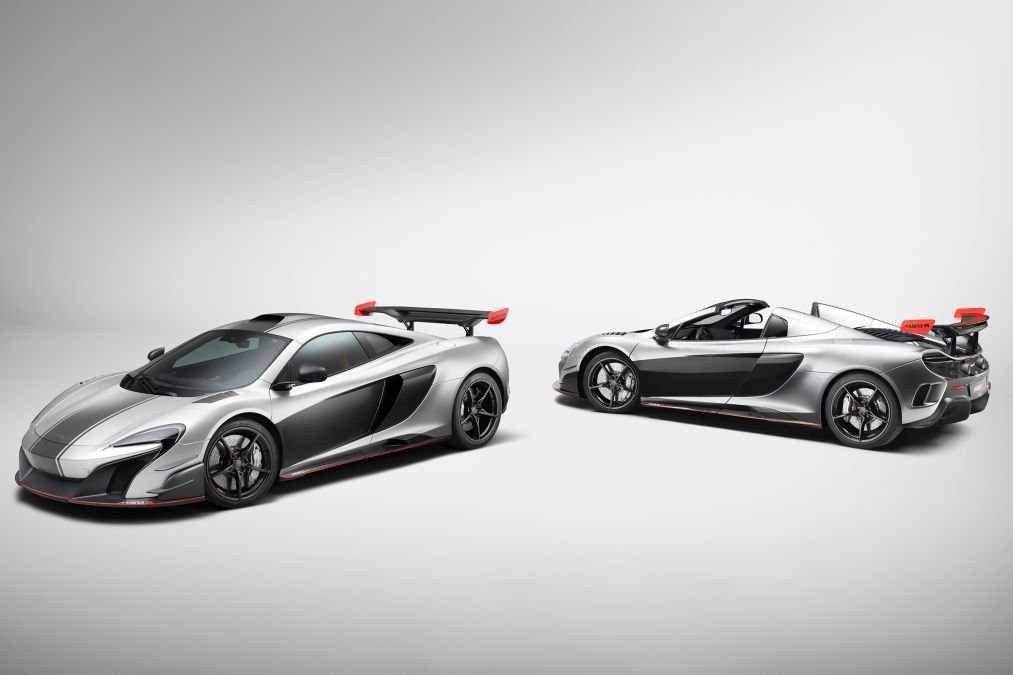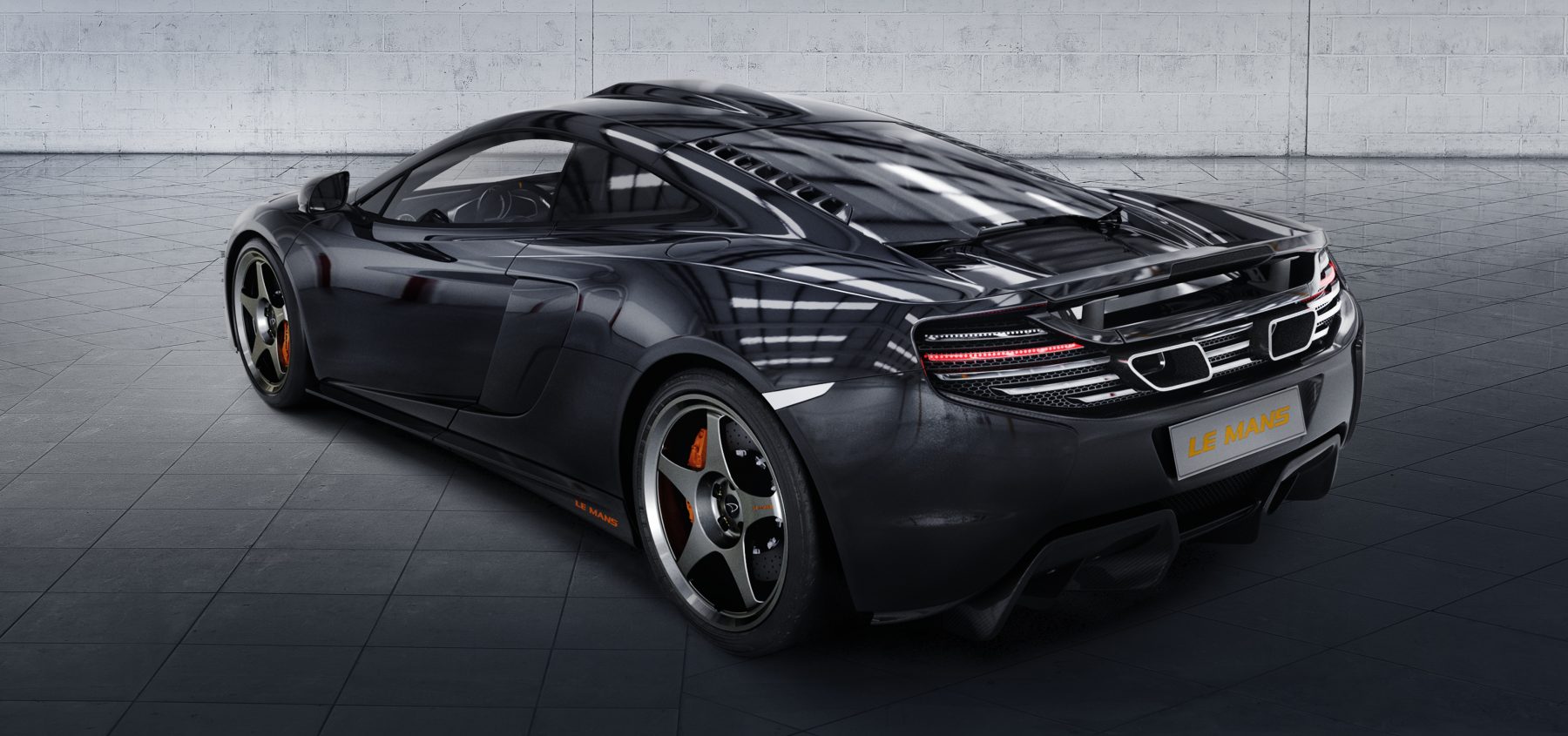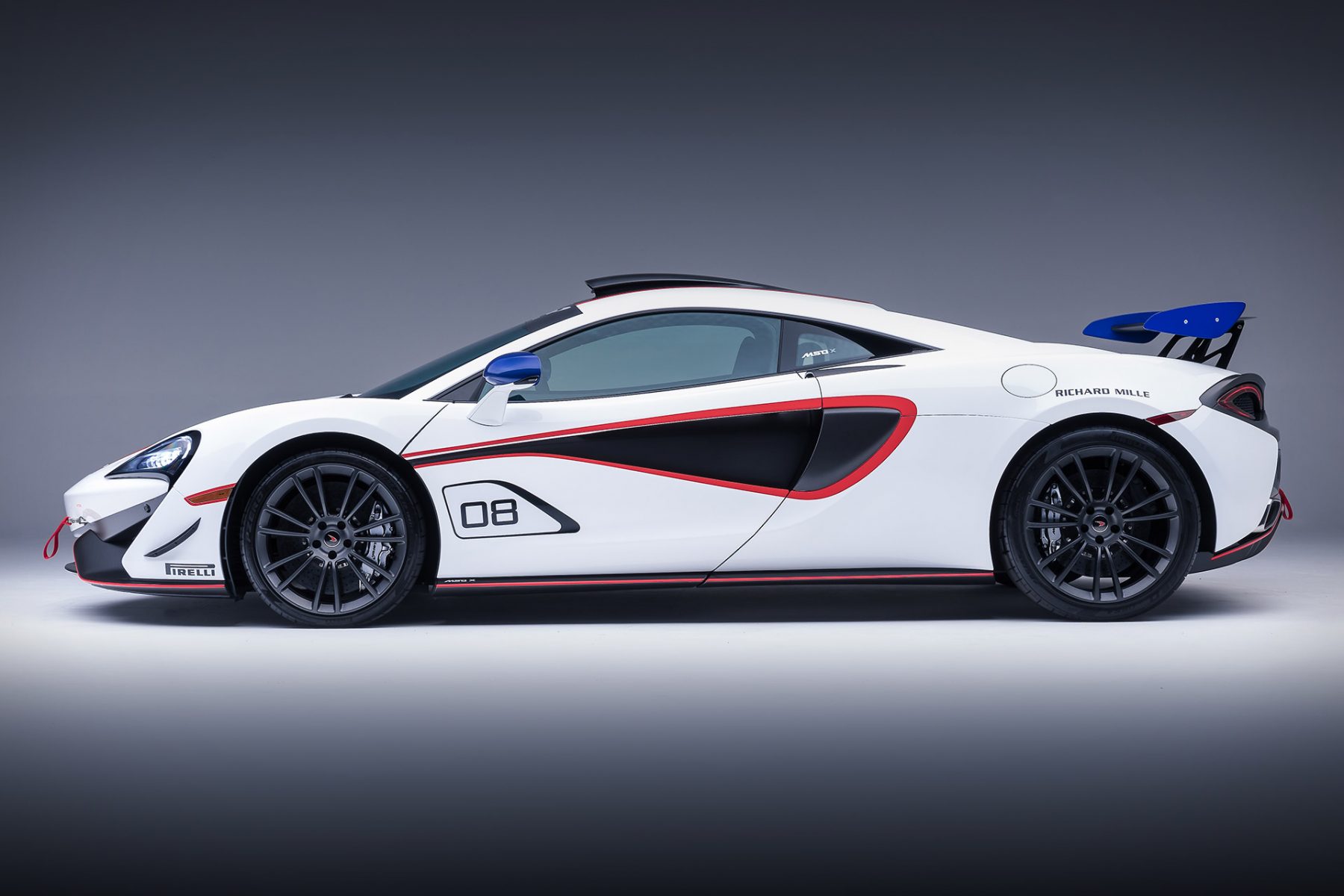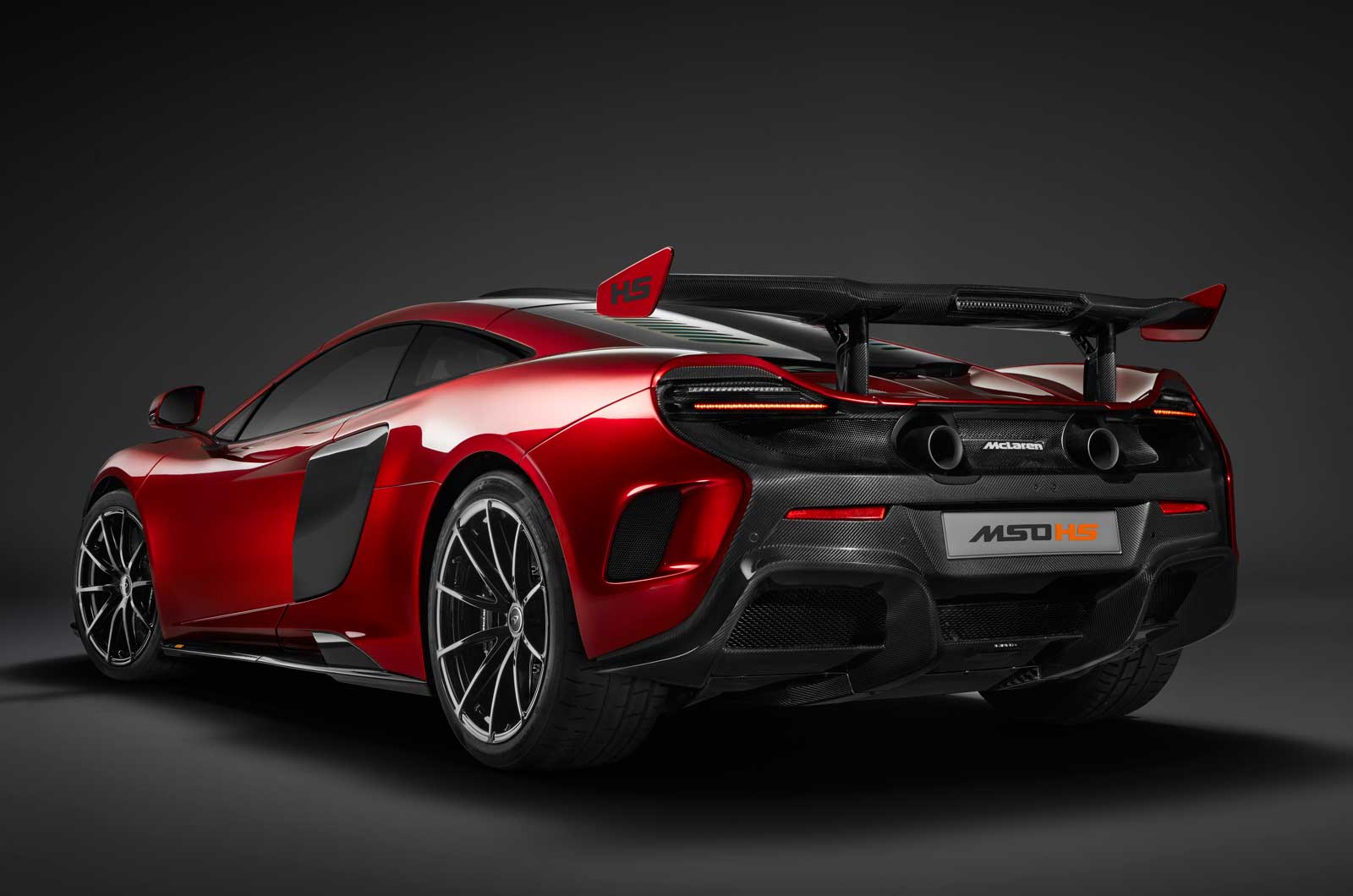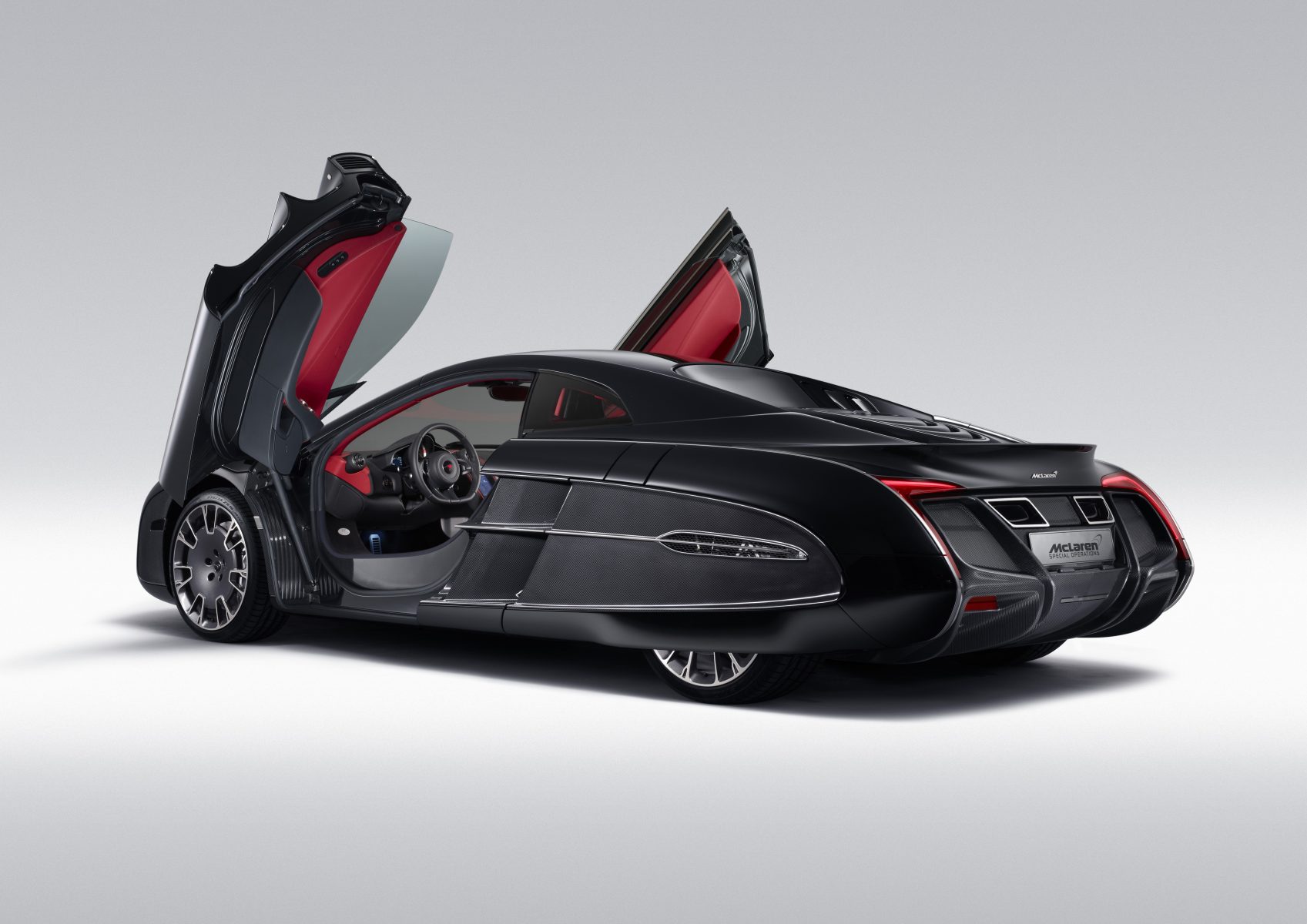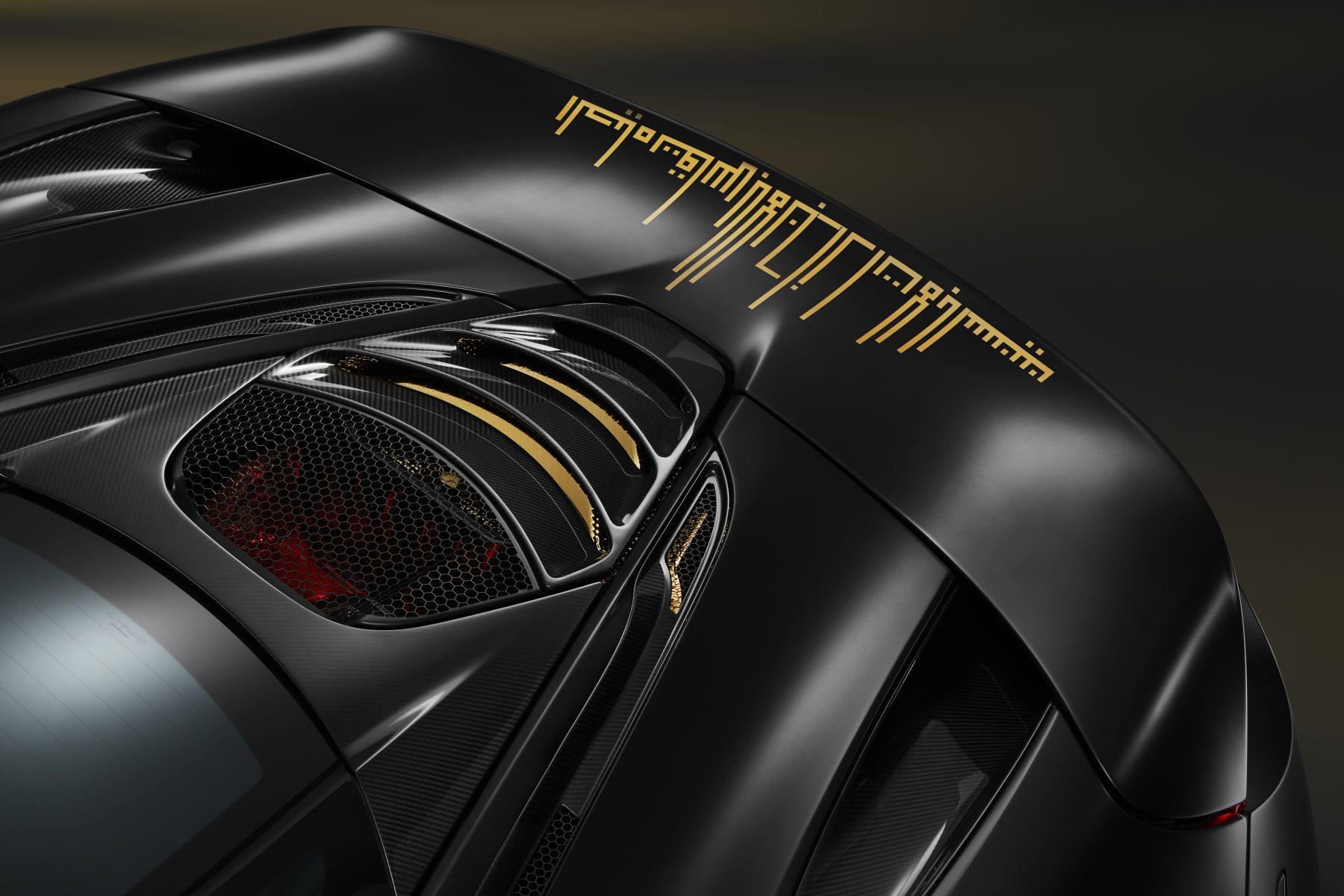Hot hatches offer a compelling combination of practicality and performance that buyers can’t seem to get enough of.
These days, it’s almost impossible to imagine a world where we don’t have sporty hatchbacks, such is their beloved, revered status among car enthusiasts.
Inevitably, dozens of discussions happen in offices, race circuits and pubs across the world, all of which centre around the hot hatches that stand out from the rest.
Here’s our list of hot hatches that define the breed; yes, we’ve tried to rank the best hot hatches of all-time, and considering there’s so much to choose from, it wasn’t easy. But we had a go…
Honda Civic Type-R (EP3)
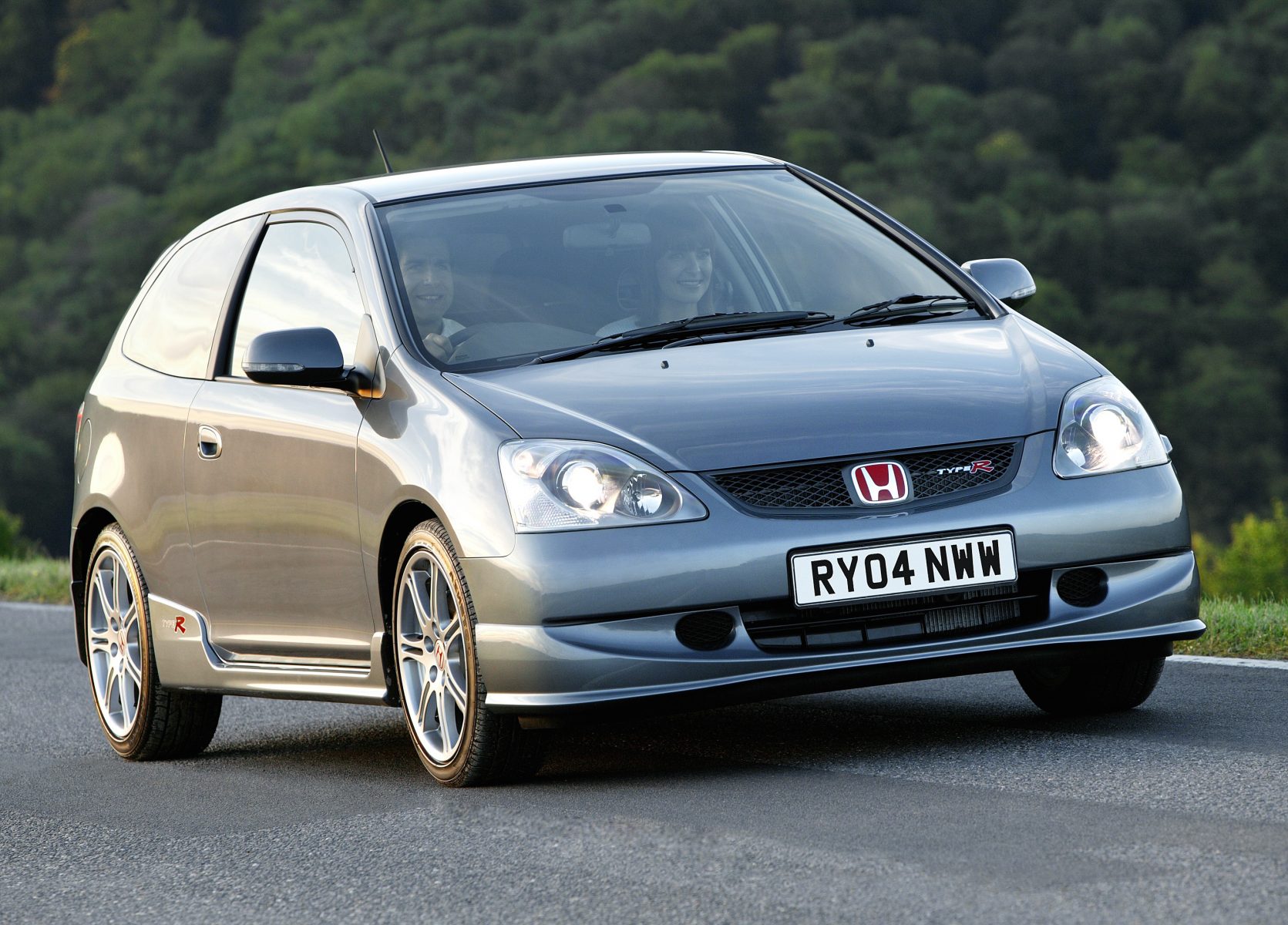
In 2001, the second generation Honda Civic Type-R was released – the first to be built at Honda’s Swindon plant.
The 197bhp Type-R was one of the few great hot hatches of the early-2000’s, becoming renowned for its eager, near-constant three-wheeling while steering at the limit, with the likes of Jeremy Clarkson remarking that the car was ‘cocking its leg’ much like a small dog.
The car was a serial award winner among the motoring press, and cemented the Civic Type-R as a prime hot hatch after the previous success of the EK9.
Lancia Delta HF Integrale
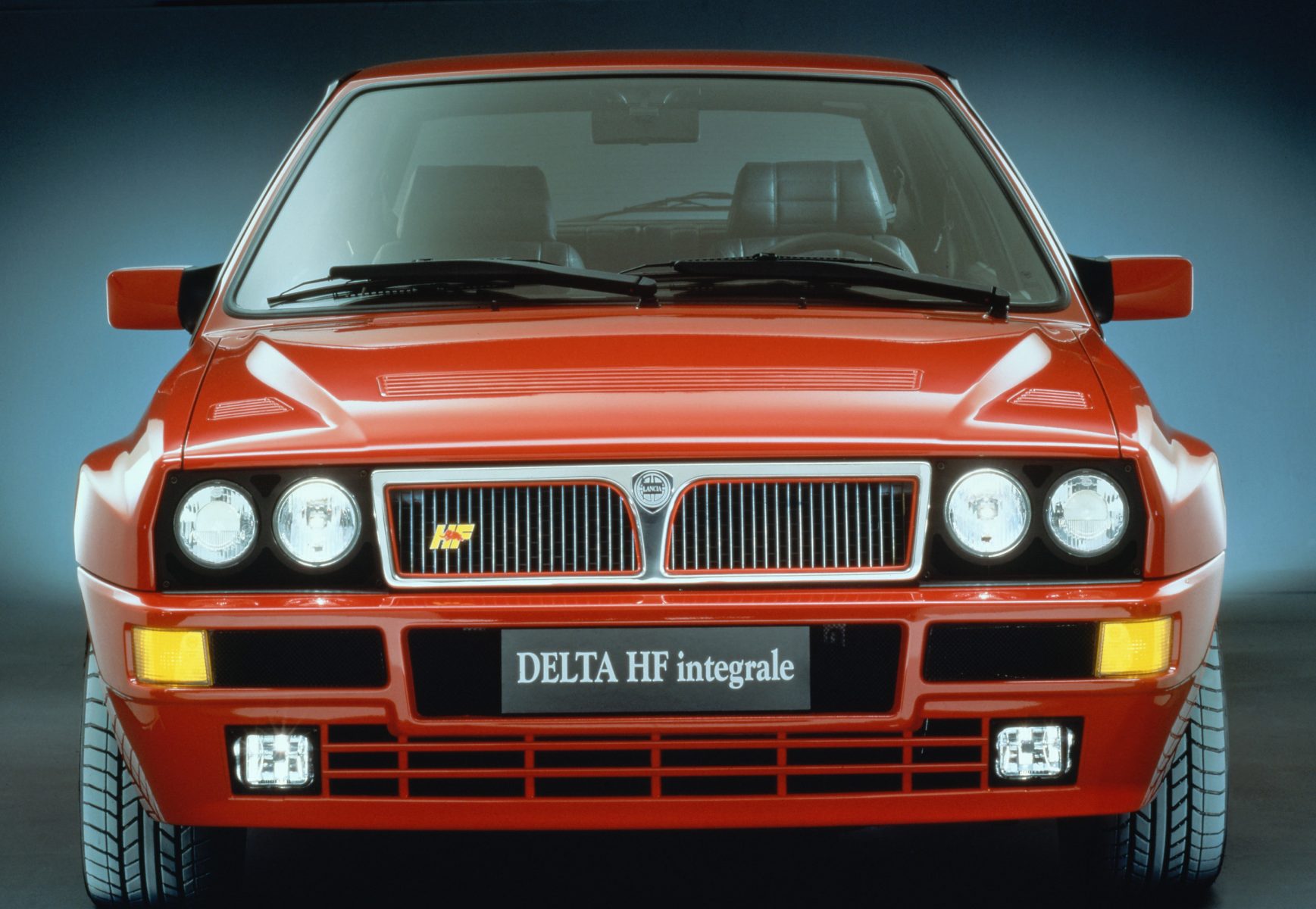
Lancia suffered a well documented fall in reputation at the tail-end of the 20th century. However, during the 80s and early 90s, the Italian firm achieved many of its greatest sporting accomplishments in rallying.
The car that provided much of that success was the Lancia Delta HF Integrale, which won three World Rally Championship titles in 1988, 1989 and 1991.
The road-going version of the rally car retained its four-wheel-drive system, as well as much of its handling prowess and performance ability. The Lancia Delta HF Integrale is not only a great hot hatch, but also one of the best race-bred road cars the world has seen.
Ford Fiesta XR2
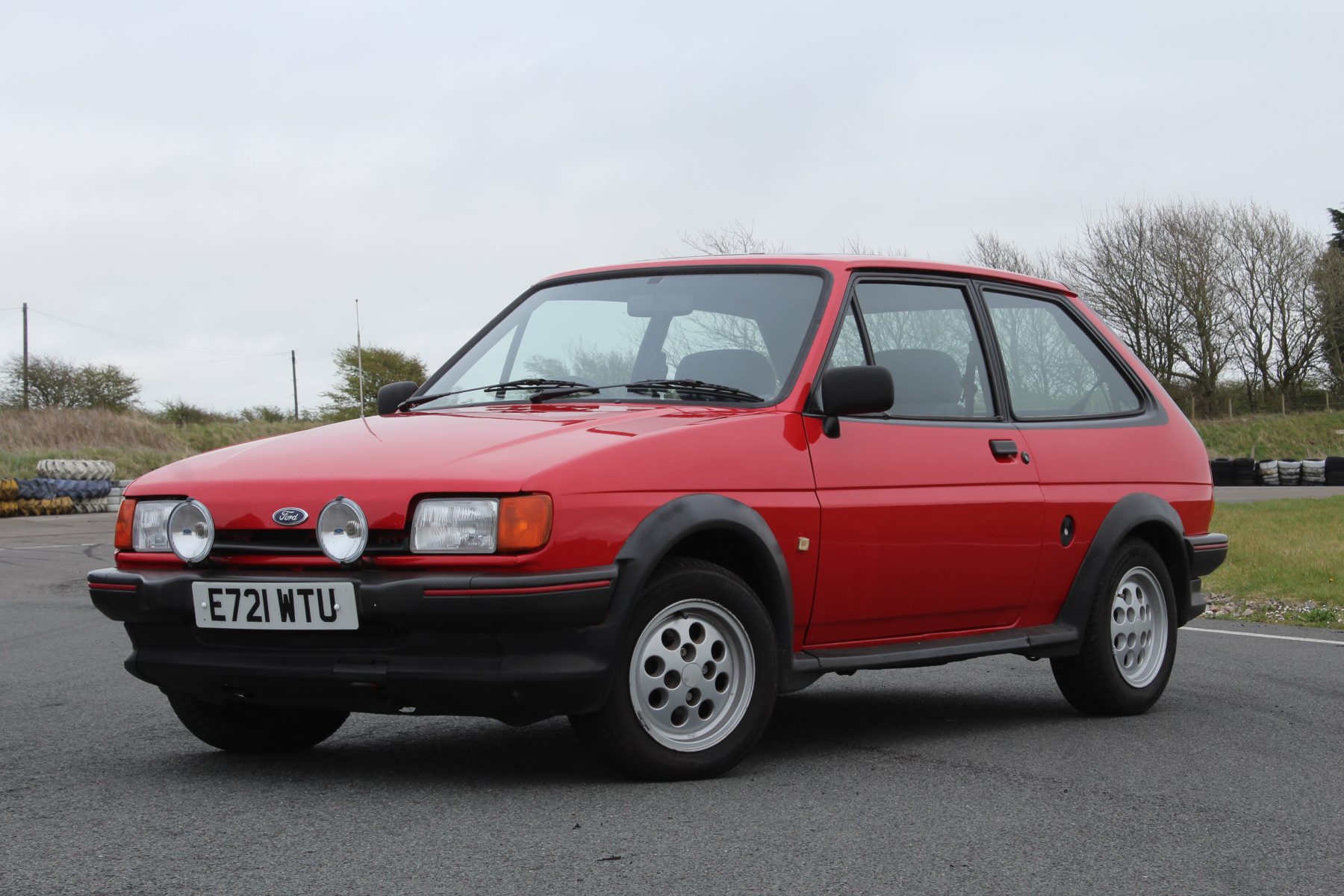
From its launch in 1976, the Fiesta was lauded as a significant source of driving fun, and as such, it was a prime platform for a hot hatch.
And sure enough, for the second generation of the Fiesta, the XR2 was a winner all round. While it is not the most powerful hot hatch, at just 96bhp, it is one of the best-loved and most purposeful-looking cars of the era.
While performance was limited by Ford itself to protect the Escort’s performance credibility, the XR2 has still gone down as a hot hatch icon.
Renaultsport Megane R26.R
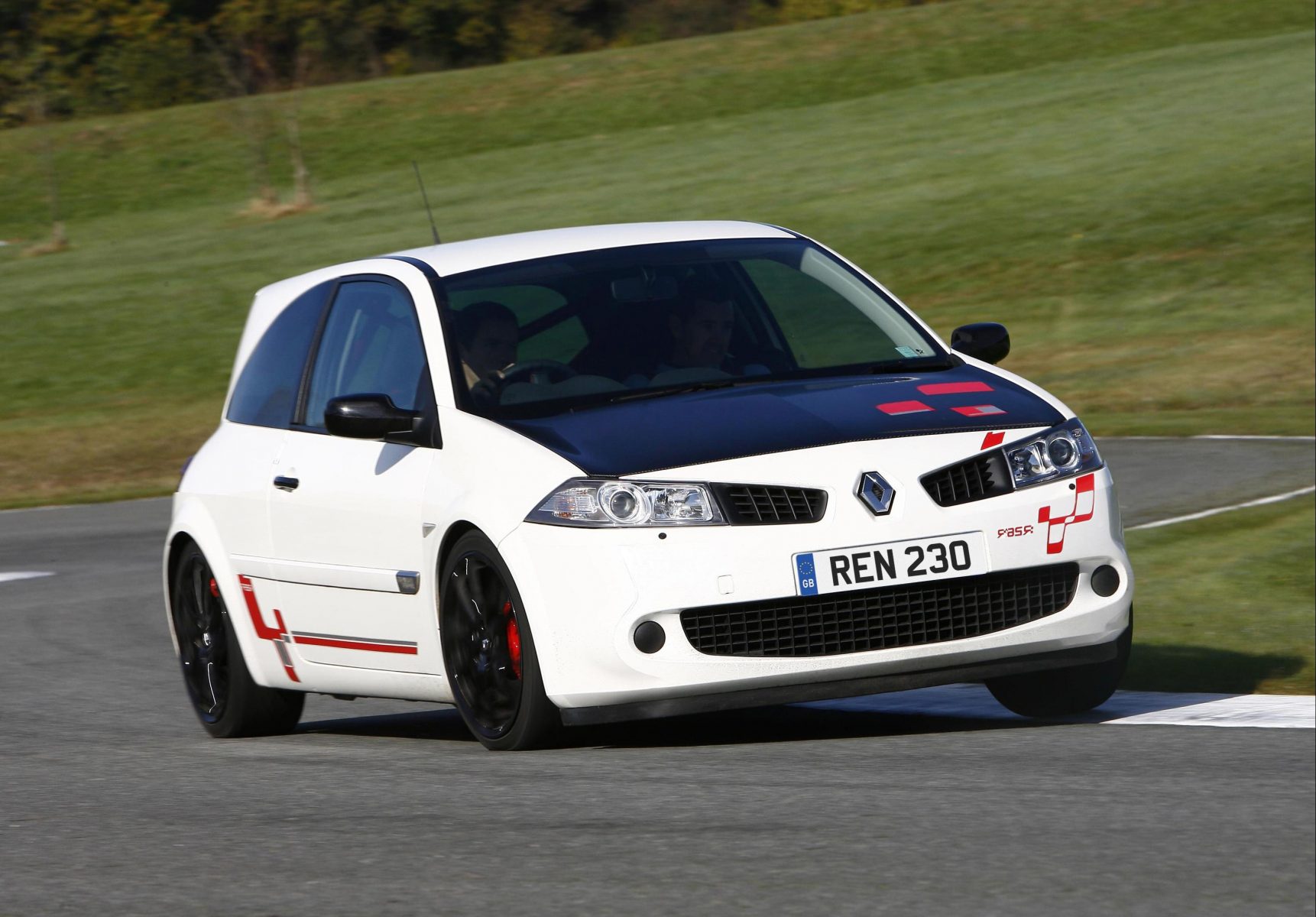
While cars like the aforementioned Lancia Delta are racers calmed down for the road, the Megane R26.R took an exciting road car and turned it up to 11 in honour of one of Renault’s most successful Formula One cars of all time.
In 2006, Renault took its second consecutive Formula One World Championship with their R26, and Fernando Alonso at the wheel. The R26.R was a hardened version of the previously-launched Megane Renault F1 Team R26 launched to commemorate the F1 successes.
The R26.R was to the Megane range what the Porsche GT3 RS is to 911’s – lightened, hardened and styled for the track. With 123kg shed from the 1,355kg R26, the ‘R’ version proved to be one of the most potent hot hatches of the late-2000’s, and also one of the rarest, with just 450 examples produced.
Talbot Sunbeam Lotus

The Talbot Sunbeam Lotus is an oddball in the hot hatch world, as it is rear-wheel drive.
Honed by the famed Norfolk-based sportscar firm, this 150bhp, 960kg hatchback could hit 60mph from standstill in less than seven seconds, a figure which holds up as impressive to this day.
While the Sunbeam Lotus is rather forgotten compared to the likes of the Golf GTI, its brilliant chassis and rear-wheel drive layout make it a standout hot hatch driving experience.
Ford Escort RS Cosworth
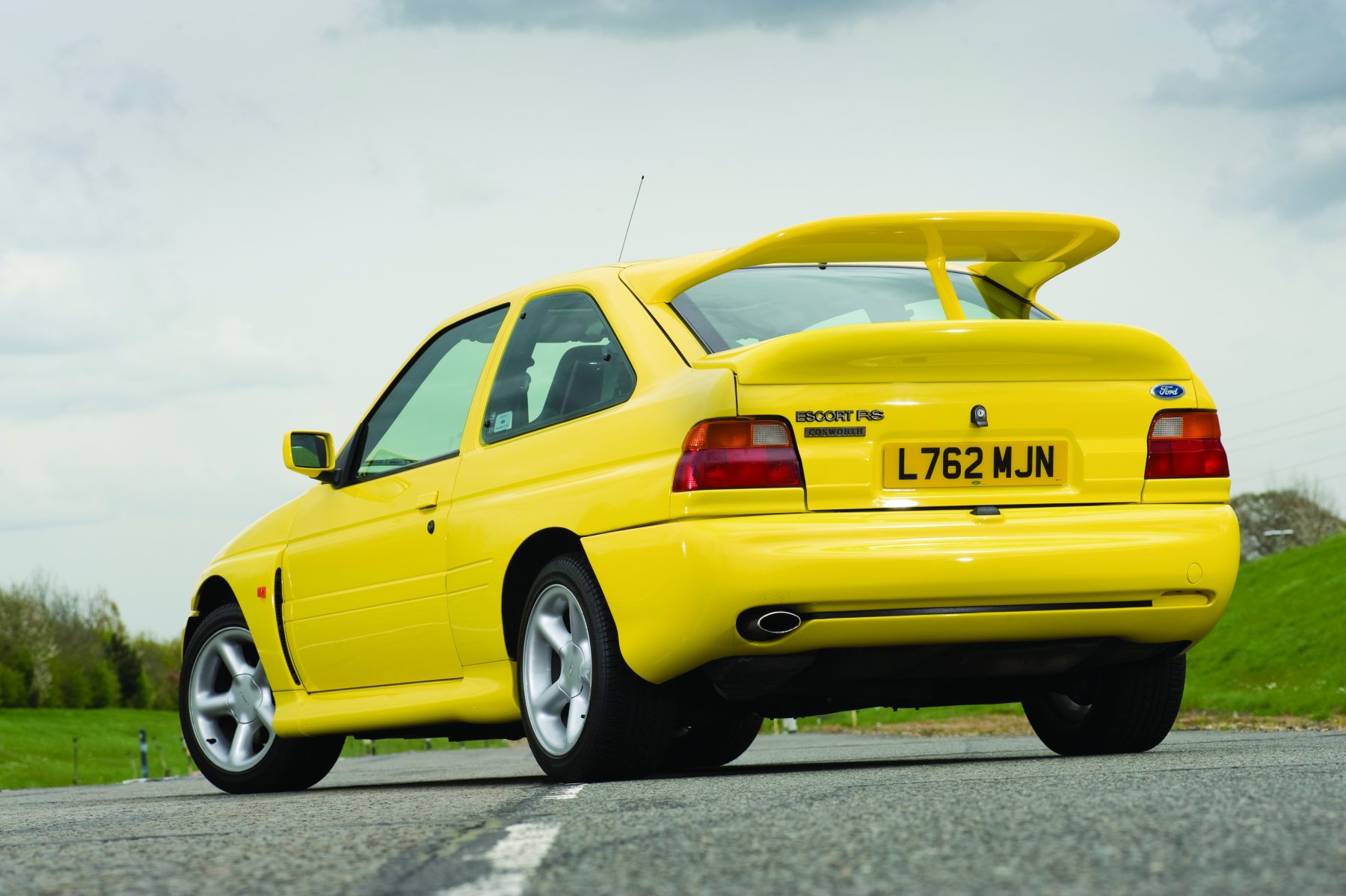
The best Ford ‘Cossie’ was, for our money, the last one.
After the incredible Sierra RS Cosworth allowed Ford to compete in Group A rallying and touring car racing at the tail-end of the 1980s, it was inevitable that a successor would have to come, as the regulations for the World Rally Championship still required the production of 2,500 homologation specials.
The result was the Escort RS Cosworth. With four-wheel drive, 227bhp and that incredible whale-tail spoiler, it soon became the envy of a generation.
The car was infinitely upgradeable, incredibly butch from a styling standpoint, and one last example of the Escort’s potential before the model was consigned to the history books.
Renault Clio Williams

In the mid-90s, Williams and Renault were all-dominant in Formula One, and also in touring car racing, with their incredible Laguna Super Tourer.
With such strong collaboration between the legendary race team and the French manufacturer, a road-going car was inevitable, and when it came, it was truly phenomenal.
This car was yet another homologation special for the secondary WRC ‘Kit Car’ class of rallying, and to ensure the road-going version was as good as it could be, nearly 150bhp was on tap, suspension borrowed from a Clio race car, and the folks at Williams had the chance to tinker with the sub-1000kg pocket rocket.
To many fans of hot hatches, the iconic Metallic Sports Blue and Gold wheels of the Clio Williams define the breed. It is a spectacular machine.
Volkswagen Golf GTI MK1
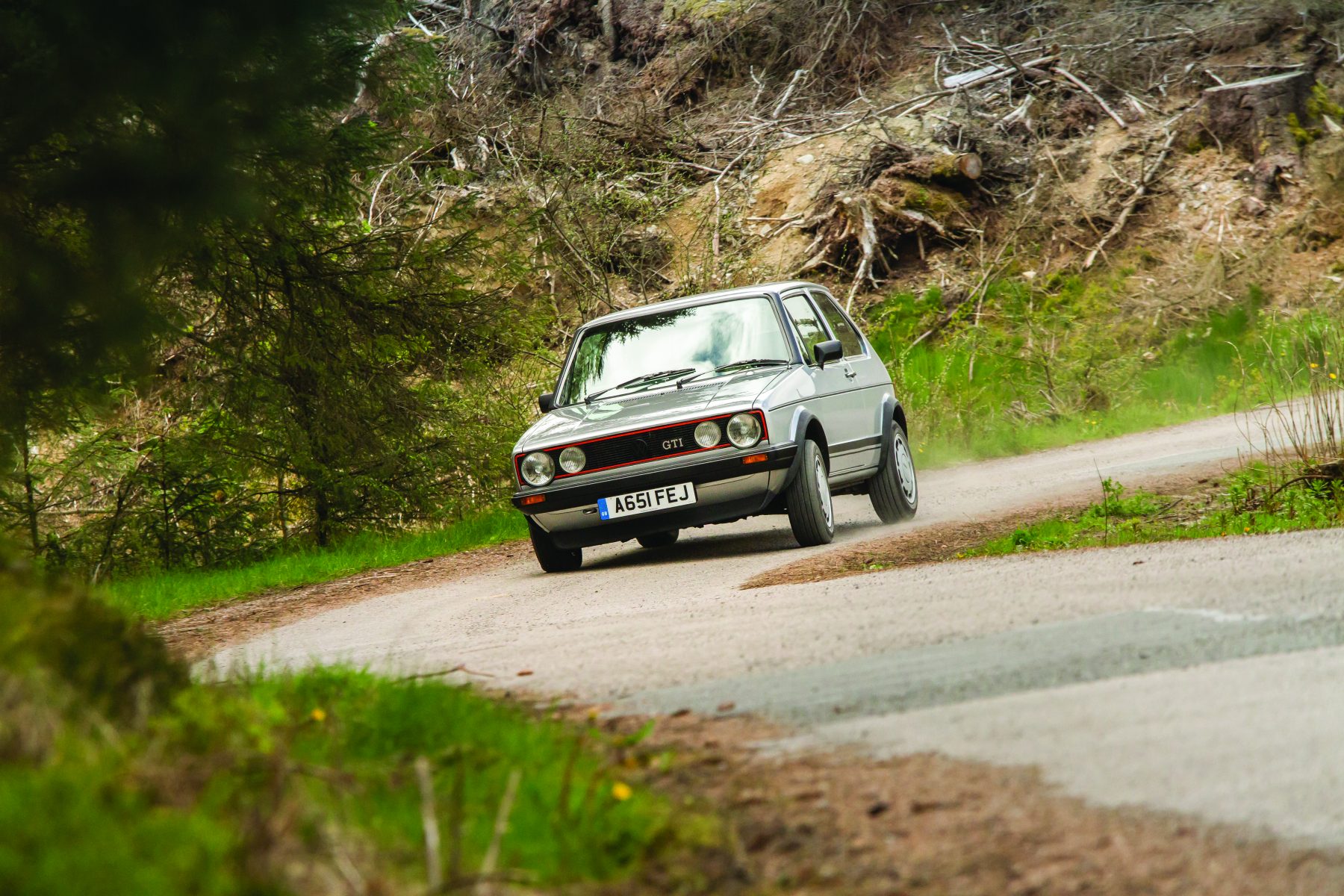
We couldn’t not include the car that serves as the origin of the GTI badge, the MK1 Golf GTI.
When this arrived in 1975, the hot hatch recipe was fresh and new. This phenomenal product of Wolfsburg was both practical and pacey, weighed just 810kg, and would perform all the light, rear-wheel cocking B-road handling you could ever dream of.
While its performance is tame in this day and age, the handling still holds up, and while other manufacturers would try different methods early on, this car would prove to be the mould for all hot hatches going forward.
Mini Cooper S
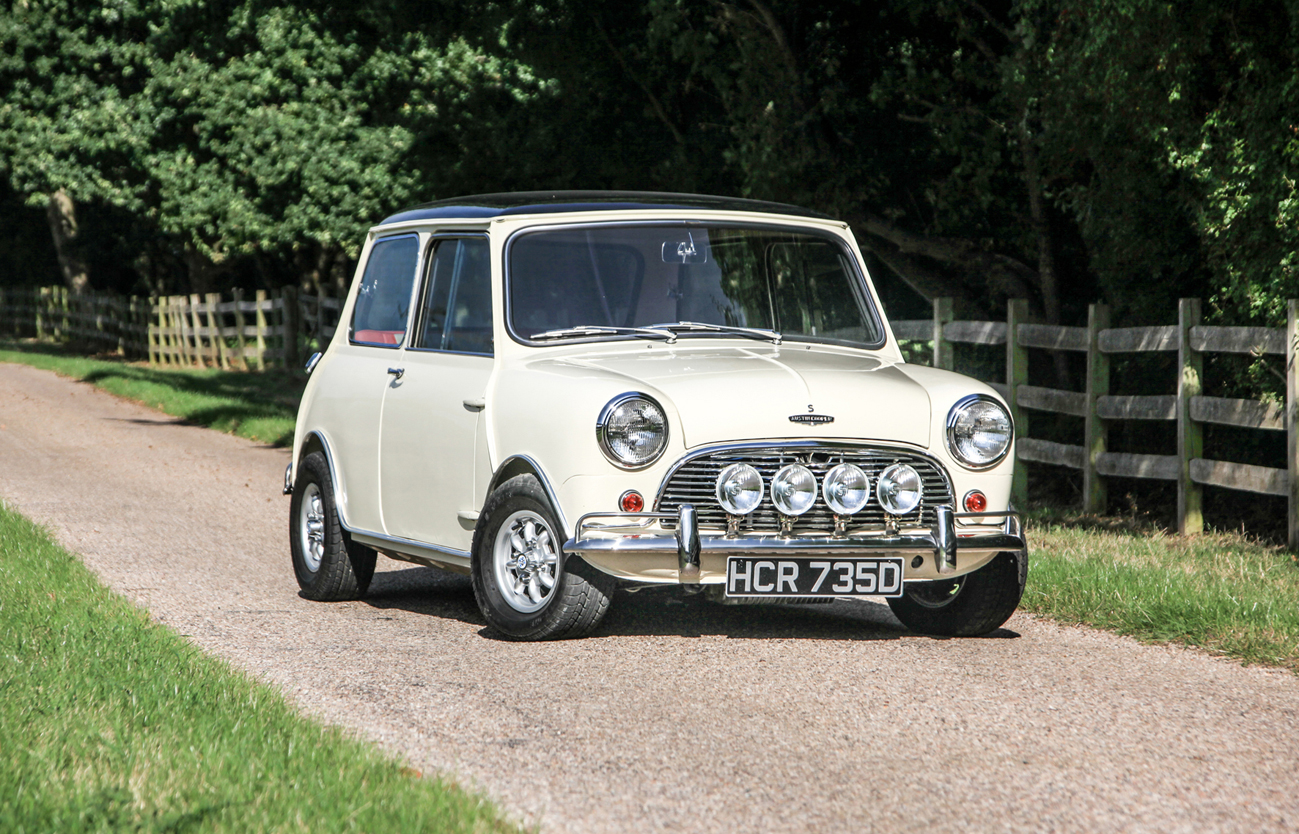
If the Golf is the original GTI, the Mini Cooper S is the progenitor of all GTIs and hot hatches as a whole.
The car, particularly with the most popular 1275cc engine, has all the key ingredients of a hot hatch. It is lightweight, and thanks to that, its 76bhp packs quite the punch. The handling is wonderful, and as a plus, the car has serious racing pedigree thanks to the exploits of Paddy Hopkirk at events such as the Monte Carlo Rally.
Of course, it also became a movie star in The Italian Job, and went on to be a symbol of all things British. It is, without exaggeration, one of the most iconic cars of all time.
Peugeot 205 GTi
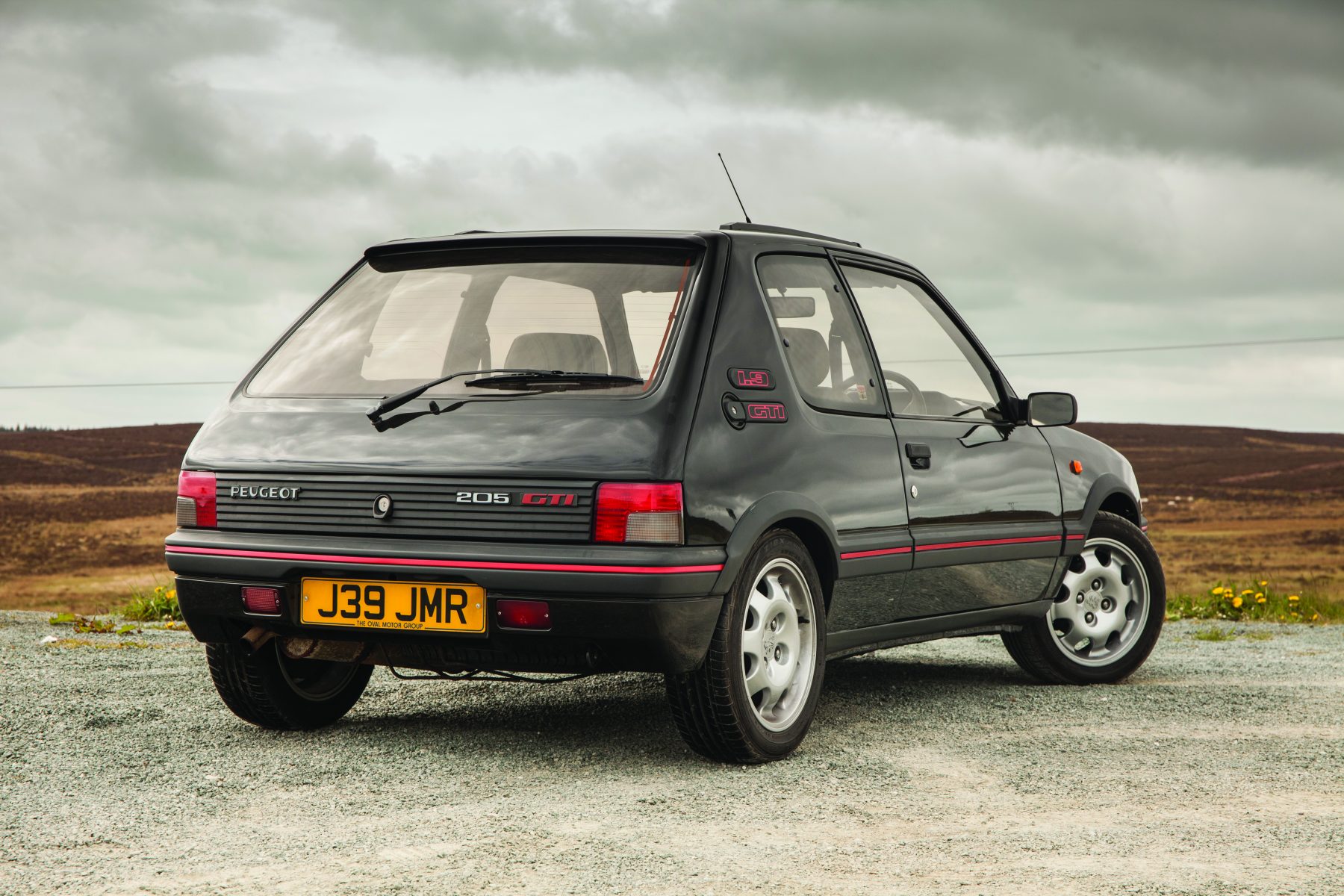
The MK2 VW Golf GTI took the original version’s recipe and improved upon it to an impressive degree. The world knew it would take something special to knock the Golf off of its perch, and Peugeot went for the jugular with something very special indeed.
The 205 GTi is another lightweight, superbly-fettled hatch with more than enough power to classify it as a daily use missile. While the handling of the car is superb, we think it’s the engines that really made the car special, with the revvy, hyperactive 1.6 and the slightly less vigorous 1.9 with superior pull, both being wonderful motors.
Over 30 years after launch, the 205 GTi is still a benchmark which many hot hatches are put up against, and if that isn’t the mark of an all-time great, we don’t know what is.

